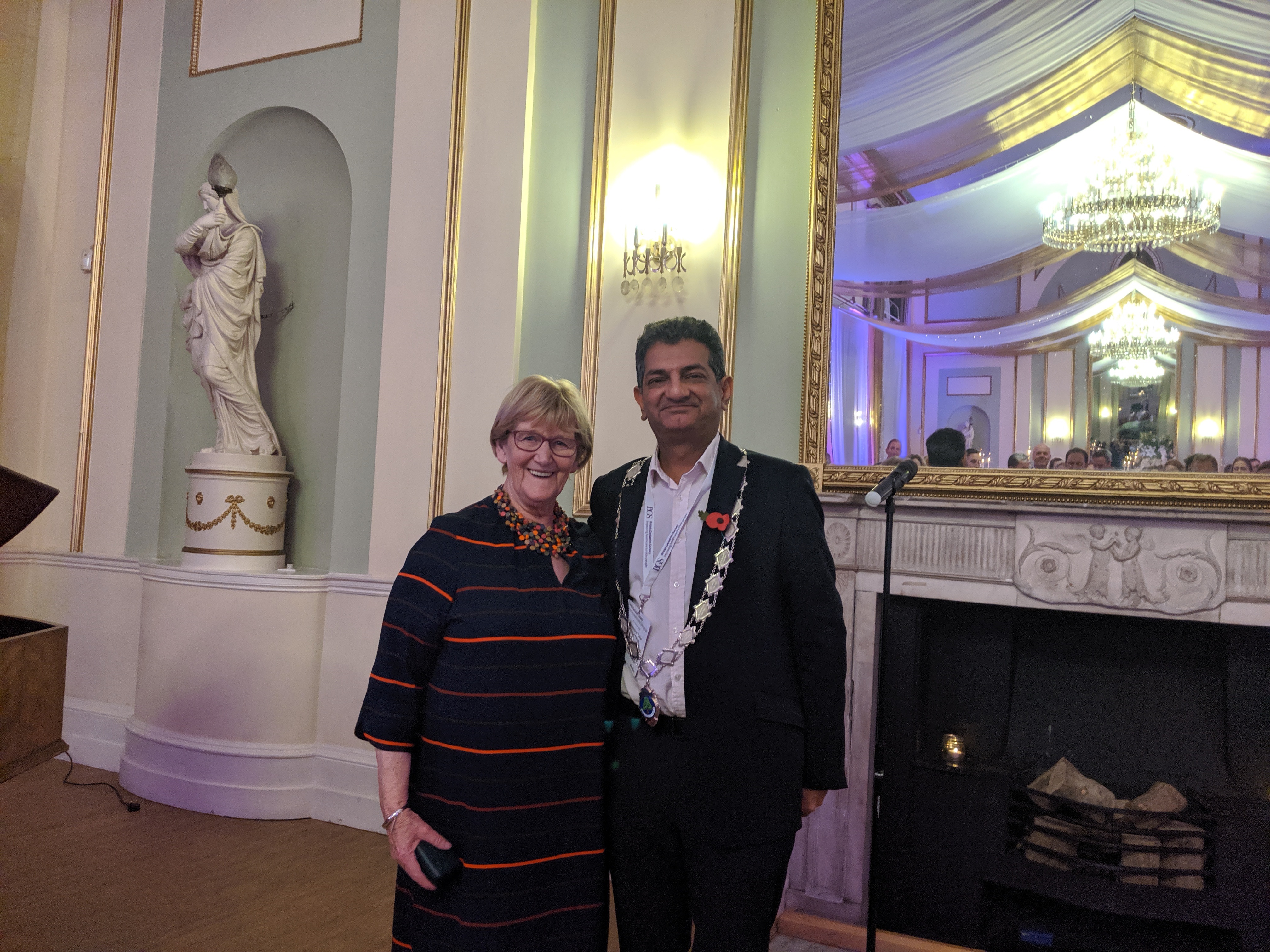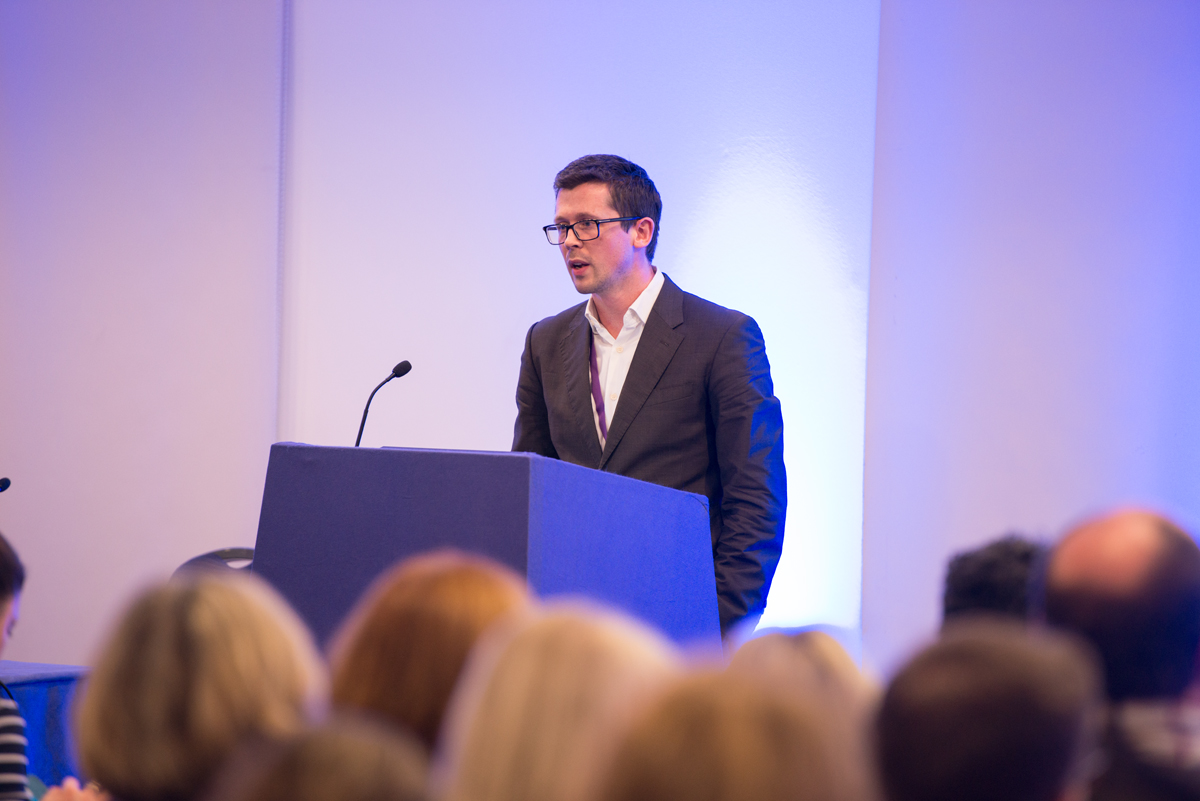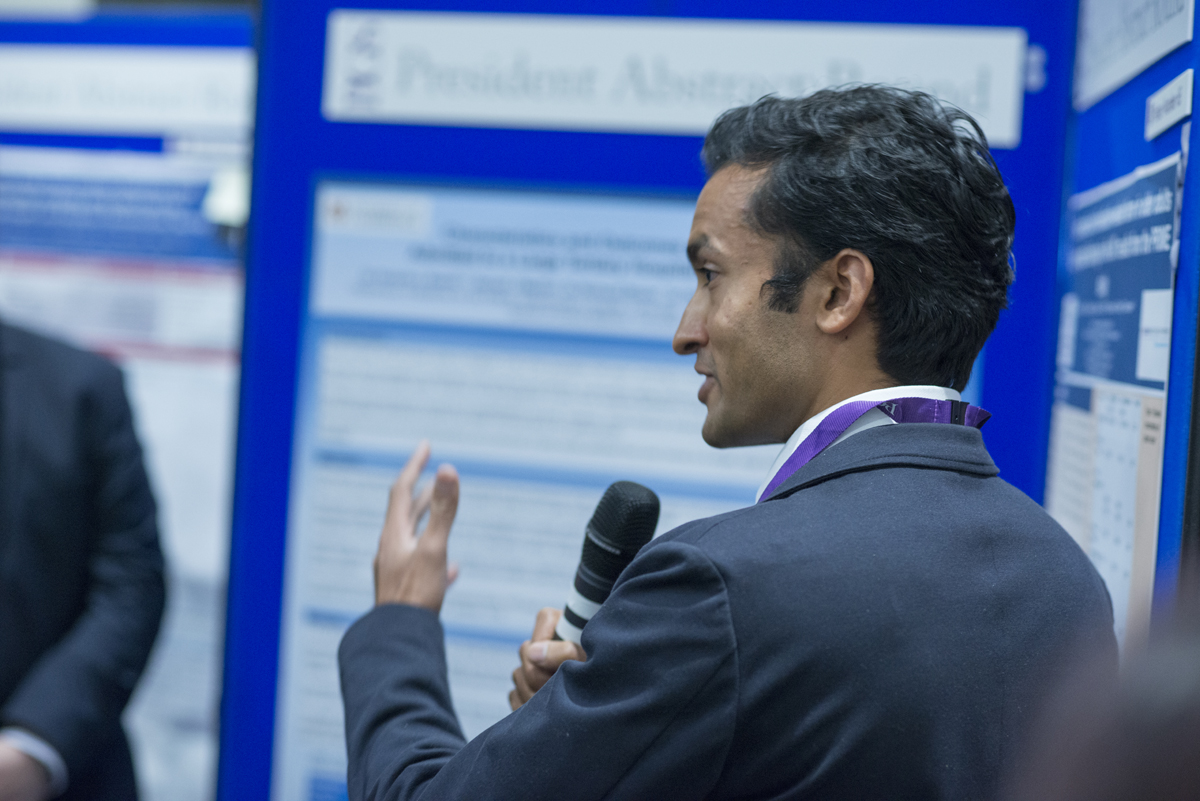The BGS Special Medal is awarded to a non-clinical professional who has made an outstanding contribution to promoting the health and wellbeing of older people. It recognises someone who has gone the extra mile to support older people and celebrates their commitment and achievements.
The award winner for 2020 was Bex Townley. Bex is an exercise professional of 30 years, a tutor, assessor and a director of Later Life Training. Here she reflects on her motivations, the outcomes of her work, and her role supporting older people to be active during the COVID-19 pandemic.
Can you tell us about your role at Later Life Training?
We are a small not-for-profit business delivering training and education to health, exercise and care professionals across the whole of the UK and overseas. All of our training courses are related to evidence-based exercise programmes for falls prevention, physical activity, and sedentary behaviour and of course supporting behaviour change. My role includes supporting our tutor and assessor team, development of our training and education programmes, communicating with service leads, commissioners and funders to plan our training, and supporting successful implementation, such as facilitation of in-house quality assurance and fidelity to delivery.
What training did you undertake to become a Postural Stability Instructor and why are you passionate about supporting physical activity literacy and engagement in older people?
The fitness sector has undergone significant change and progress in the past 20+ years. My fitness career began in 1988 when I joined the military aged 17 and a half as an Army Physical Training Instructor. After 5 years of training soldiers, my career in civilian life has seen me continue my commitment to training and personal development, in line with evolving sector requirements. Like thousands of other exercise professionals across the UK, I hold a range of exercise and fitness qualifications (personal training, group exercise training etc.) that underpin further training specialisms. I completed my Postural Stability Instructor training with Later Life Training in 2006 and here started my journey working with older people at risk of falls. In addition to other specialist training I had undertaken, the following 16 years saw me working in job roles working within clinical exercise pathways with referring health professionals from cardiac rehab, pulmonary rehab, life after stroke, neurological conditions and dementia to name but a few.
Working with individuals and groups of individuals living with long term conditions (who have often endured life-changing events) is an eternal learning journey. But one thing is for sure: ‘getting this job right’ reaps nothing but rewards for all involved. ‘Passion’ is an over-used word in this context I think; for me it’s more about a kind of necessity – a sense that this job ‘has’ to be done, because when you know what I know (and many others like me know) it’s a no-brainer: if we present accurate information in a totally individualised and tailored way, we are able to offer a choice that may not have been realised before. I’ve lost count of the number of times that people have said to me, ‘why was I never told this?’. But if you want to call that a kind of passion - I’m passionate for one simple reason; when we get the ear of people, when we get a foot in the door to being heard and trusted, movement and exercise sell themselves, it’s a win-win. For fellow PSIs (Postural Stability Instructors) and OEP Leaders (Otago Exercise Leaders), getting that foot in the door, and getting a person’s interest is THE most critical part of the journey. This job is as much about conversations as it is about exercise programme design, because no one person is the same. Exercise design is arguably the easy bit. It’s supporting people to see their own potential that’s the challenge, and when they do, that’s the reward... it’s a kind of magic.
What have been the specific challenges and rewards of being a Postural Stability Instructor during the COVID-19 pandemic?
Later Life Training have trained thousands of PSIs and OEP Leaders since 2003. For these people and the broader exercise professional sector workforce, the pandemic has hit hard. The closure of fitness facilities and community venues has meant that the people who ‘critically need’ progressive strength and balance training the most (to maintain the ability to perform everyday tasks) have spiralled into further functional decline. Exercise services and exercise instructors have had to work hard and in new ways to continue to support their communities via virtual means. Delivering exercise virtually to older people in their homes brings different considerations and challenges. To this end, Later Life Training provided comprehensive guidance for PSIs trained by us, early on in the first lockdown. It has been the emergence of this new medium that has posed challenges and presented new potential to ‘reach’ people that prefer this method of delivery and experience.
Can you tell us about ‘Movement Your Mission’ and what the initiative involved?
MMYM essentially promotes the ‘sit less, move more’ message from the Chief Medical Officer’s Physical Activity Guidelines. These are movements from everyday life, enabling people to feel and learn about how they sit, stand, and move. They are NOT structured exercise sessions – this has been a surprisingly difficult message to get out there. On 23 March 2020, I planned to lead 3 movement ‘snacks’ per day for 30 days live on Facebook. I created the private Facebook group around 20 March, and three days later we started the first movement snack at 8am with just over 1000 members. Two weeks into the mission, from the feedback we were getting, it was clear we couldn’t stop at 30 days. MMYM was providing routine and connections. People were telling us about the benefits they were feeling to their physical and mental health. We realised we HAD to keep the mission going. So to make this feasible, I was joined by other LLT colleagues to continue the 3 daily movement snacks of approxinately 20 minutes.
During lockdown, our live broadcasts attracted 40-60 live viewers with that figure trebling in the following days as the ‘catcher uppers’ watched at convenient times for them. All comments posted by the movement snackers are read, acknowledged and replied to, which has all contributed to the ongoing longevity and vibrancy in this incredible community. We have arranged two further Zoom meetings to support group cohesion and connections. We did a group reading of ‘The Grinch’ at Christmas, and our Valentine’s Day movement event involved two weeks of rehearsals for a hand/coordination and head movements routine, both of which can be found on our YouTube channel. We have received and continue to receive comments from many health professionals and physiotherapists, who were signposting their patients to the group or to our YouTube channel where the video recordings were also uploaded. Additional movement snacks specifically for care settings have also been recorded for YouTube and these are attracting 1000 + views and counting. MMYM has recently celebrated its one-year anniversary and the private Facebook group has almost 4 thousand members. You can view two soft evaluations about our journey so far, and read for yourself some of the remarkable comments from the movement snackers;
In your opinion, what are major areas of ongoing concern for older people in relation to postural stability and falls prevention?
We have many systematic reviews showing us how vital dose, frequency, intensity and progression are to effectiveness. Unfortunately, few services deliver programmes that meet any of these very definite fidelity points. Secondly, most programmes do not include enough support strategies to help people make meaningful behaviour change. The role of a PSI is more than delivering the exercise programme; they need sufficient time for robust and individualised pre-exercise assessment and conversations to get people off to the best possible start.To support longer-term adherence (this is something that funders and service leads need to consider in service planning), they need time to provide telephone and face-to-face support and prompts, something that is not always factored into exercise service processes. Last but by no means least, the constant mention of ‘‘something is better than nothing” for exercise and physical activity is important. Although this is the starting point, it is not the end point; for example, chair-based exercise is not sufficient or sufficiently progressed in many cases.
If you had one message for BGS members, what would it be?
Frequent movement, sitting less and moving more is not the same as structured exercise programmes, proven through evidence to reduce falls. I’m guessing that not all BGS members will be embracing, acknowledging or pro-actively disseminating these messages, consistently. We all need to know the difference, to get our messaging accurate. And to mention again if I may – chair-based exercise does not reduce falls!
What does winning the BGS Special Medal mean to you?
I think it means a level of recognition for the MMYM team and Later Life Training, It adds to the credibility of MMYM, as perceived by the movement snackers who have trusted in us for the last year. Thank you BGS, I share this medal and this acknowledgment with our LLT MMYM team.





